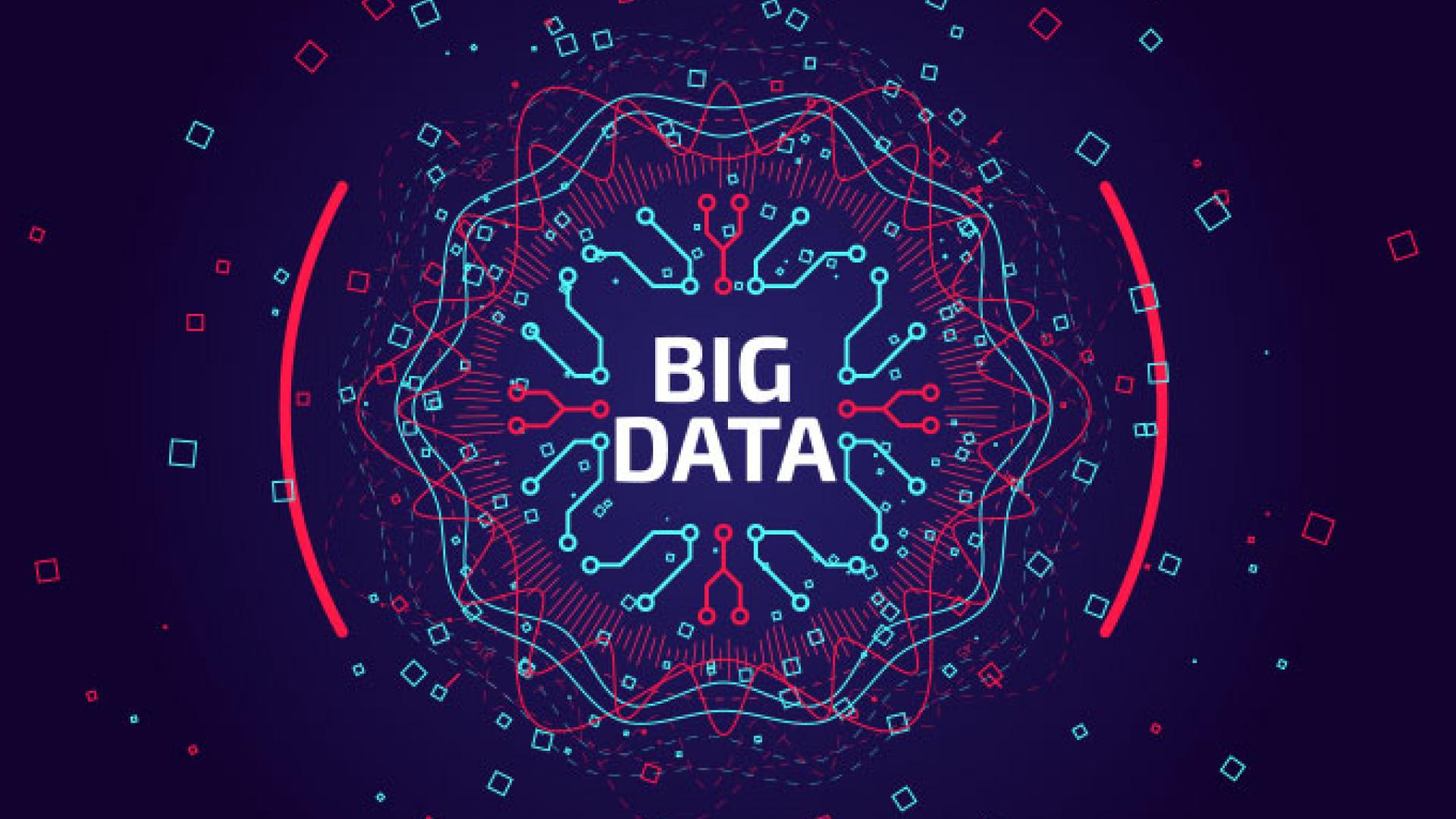Unveiling Insights: The Power of Data Analysis
Unveiling Insights: The Power of Data Analysis
Blog Article

Welcome to the world of data analysis, where raw information transforms into valuable insights that drive decision-making and innovation. In today's fast-paced digital age, organizations are inundated with vast amounts of data from various sources. Harnessing the power of data analysis enables businesses to sift through this data deluge, uncover patterns, trends, and correlations that can guide strategic planning and operational improvements. Data analysis holds the key to unlocking answers to complex questions, solving challenges, and identifying opportunities for growth and optimization.
By leveraging sophisticated algorithms, statistical models, and visualization tools, data analysts can distill complex data sets into meaningful narratives that illuminate the way forward. Whether it's detecting anomalies in financial transactions, predicting customer behavior, or optimizing supply chain operations, the applications of data analysis are limitless. In a landscape where data is likened to the new oil, mastering the art of data analysis empowers individuals and organizations to make informed decisions that drive success and competitiveness in the digital era.
Benefits of Data Analysis
Data analysis provides valuable insights that can drive informed decision-making. By effectively analyzing data, organizations can identify trends, patterns, and correlations that may not be apparent at surface level. This deeper understanding enables businesses to strategize more effectively and allocate resources efficiently.
Moreover, data analysis enhances operational efficiency by highlighting areas for improvement and optimization. Through the identification of inefficiencies and bottlenecks, companies can streamline processes, reduce overhead costs, and ultimately increase productivity. This leads to a more agile and competitive organization in today's dynamic market landscape.
Data analysis
Additionally, data analysis plays a crucial role in risk management. By analyzing historical data and identifying potential risks and vulnerabilities, businesses can proactively implement measures to mitigate these risks. This proactive approach not only safeguards the organization from potential threats but also enhances overall resilience and adaptability.
Tools for Effective Data Analysis
To effectively analyze data, utilizing the right tools is crucial. One popular tool in the data analysis field is Microsoft Excel. Excel offers a user-friendly interface with powerful functions and features that can help in organizing, manipulating, and visualizing data for analysis. Its ability to handle large datasets and perform complex calculations makes it a valuable tool for data analysts.
Another essential tool for data analysis is Python. Python is a versatile programming language that is widely used in data analysis due to its extensive libraries such as Pandas and NumPy. These libraries provide robust tools for data manipulation, cleaning, and analysis. Python's flexibility and scalability make it an ideal choice for handling various types of data analysis tasks efficiently.
In addition to Excel and Python, data visualization tools like Tableau can significantly enhance the data analysis process. Tableau allows users to create interactive and visually appealing data visualizations that provide valuable insights. By using visualization tools, data analysts can present their findings in a clear and concise manner, making it easier for stakeholders to understand the implications of the data analysis.
Impact of Data Analysis on Decision Making
Data analysis plays a pivotal role in guiding decision-making processes across various industries. By leveraging insights extracted from analyzing vast amounts of data, businesses can make informed strategic decisions that drive growth and profitability.
Incorporating data analysis into decision-making processes enables organizations to identify emerging trends, patterns, and correlations that may not be apparent through traditional methods. This empowers decision-makers to anticipate market shifts, consumer behavior, and operational inefficiencies, ultimately leading to proactive and agile decision-making.
Moreover, data analysis helps in mitigating risks associated with decision-making by providing a data-driven rationale for choosing a particular course of action. Through predictive analytics and statistical modeling, organizations can simulate various scenarios, assess potential outcomes, and select the most favorable option based on quantifiable evidence.
Report this page